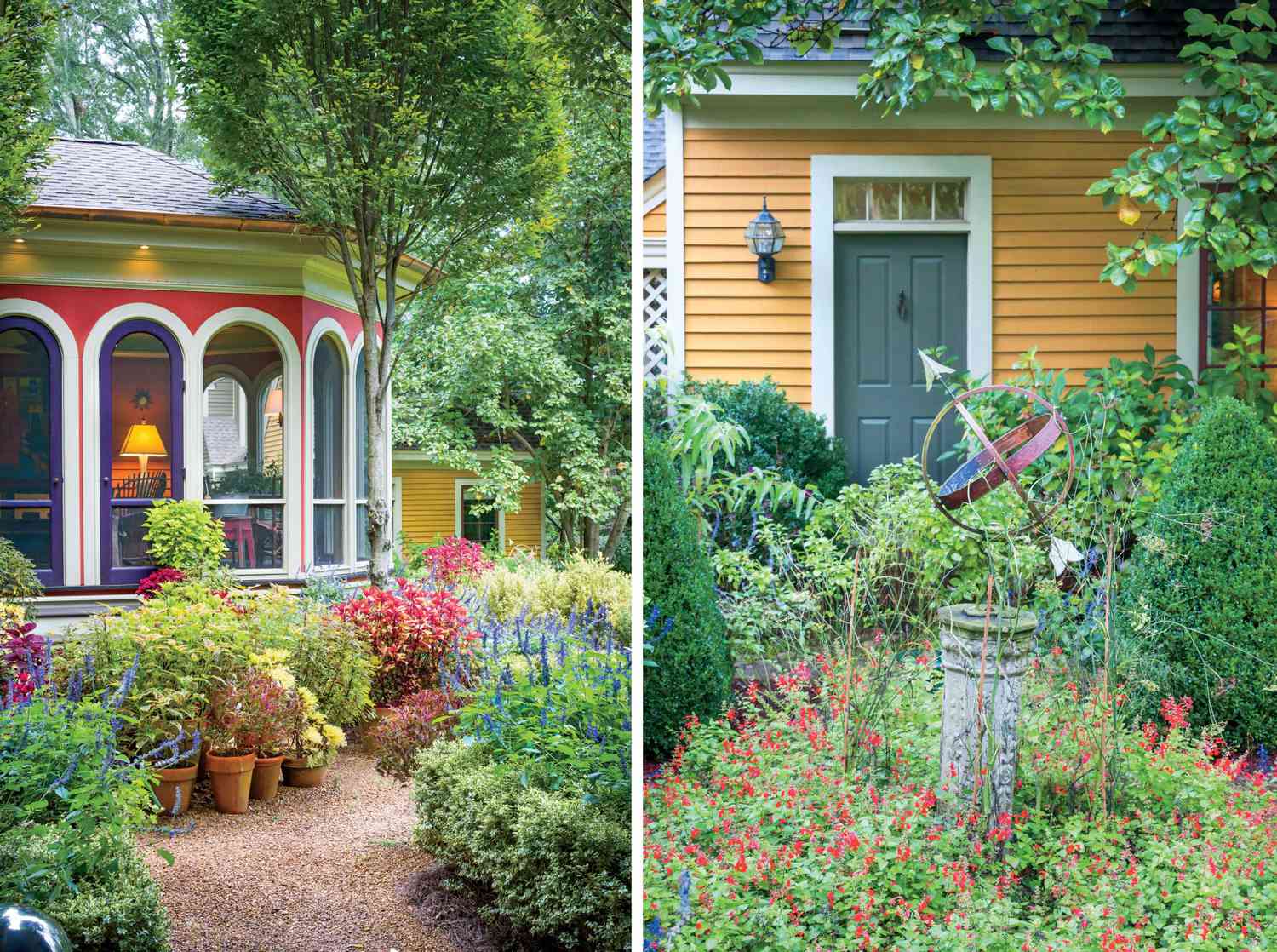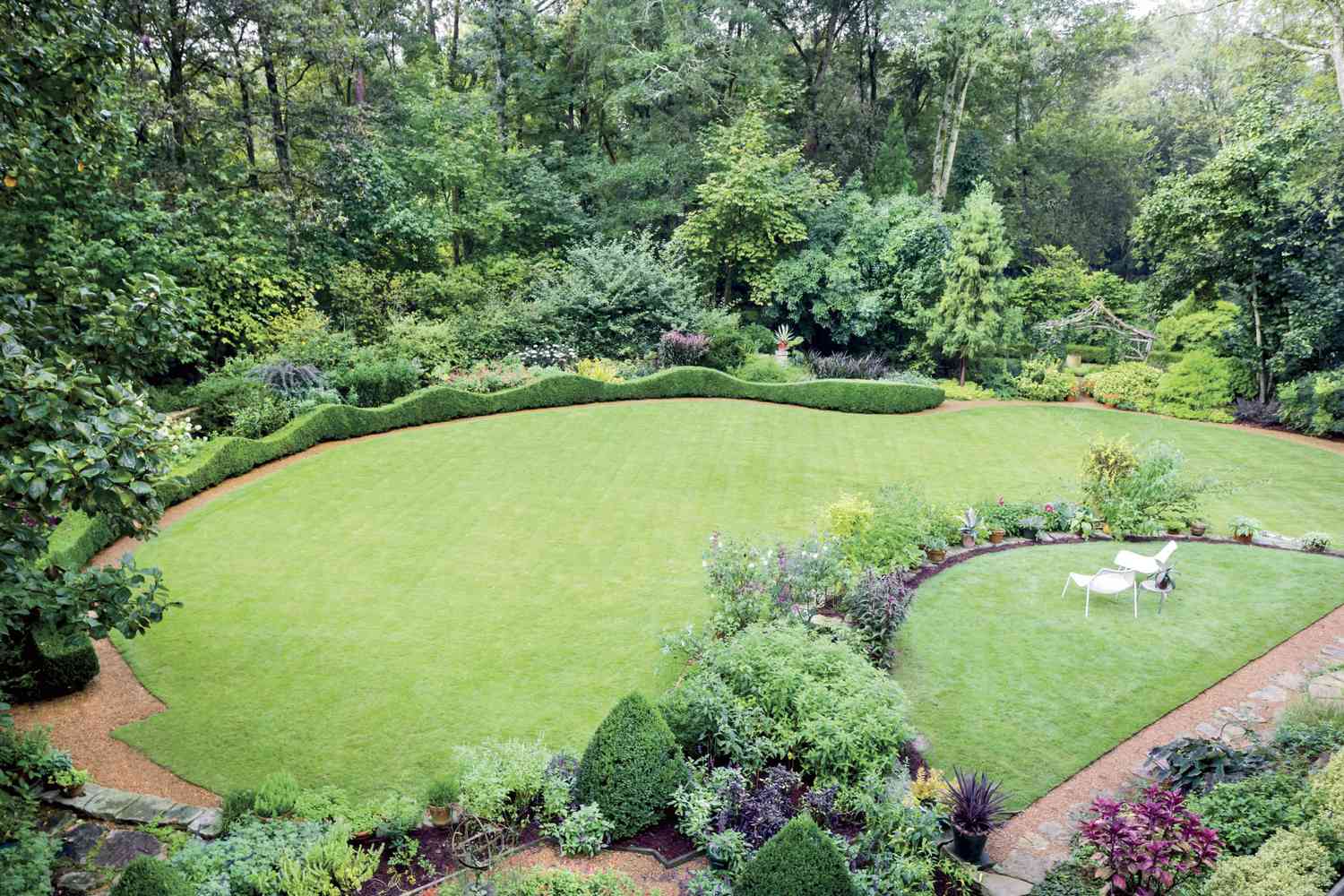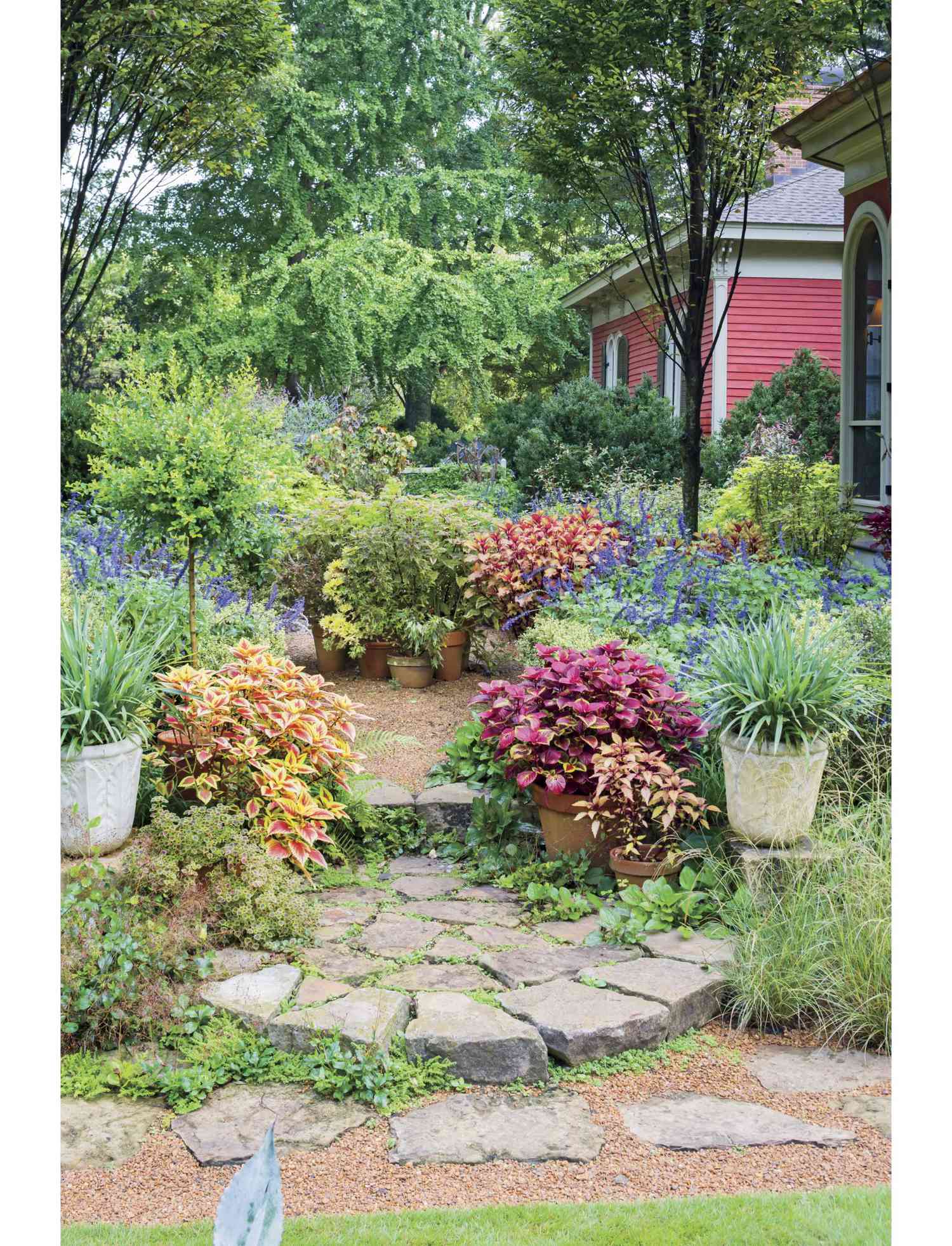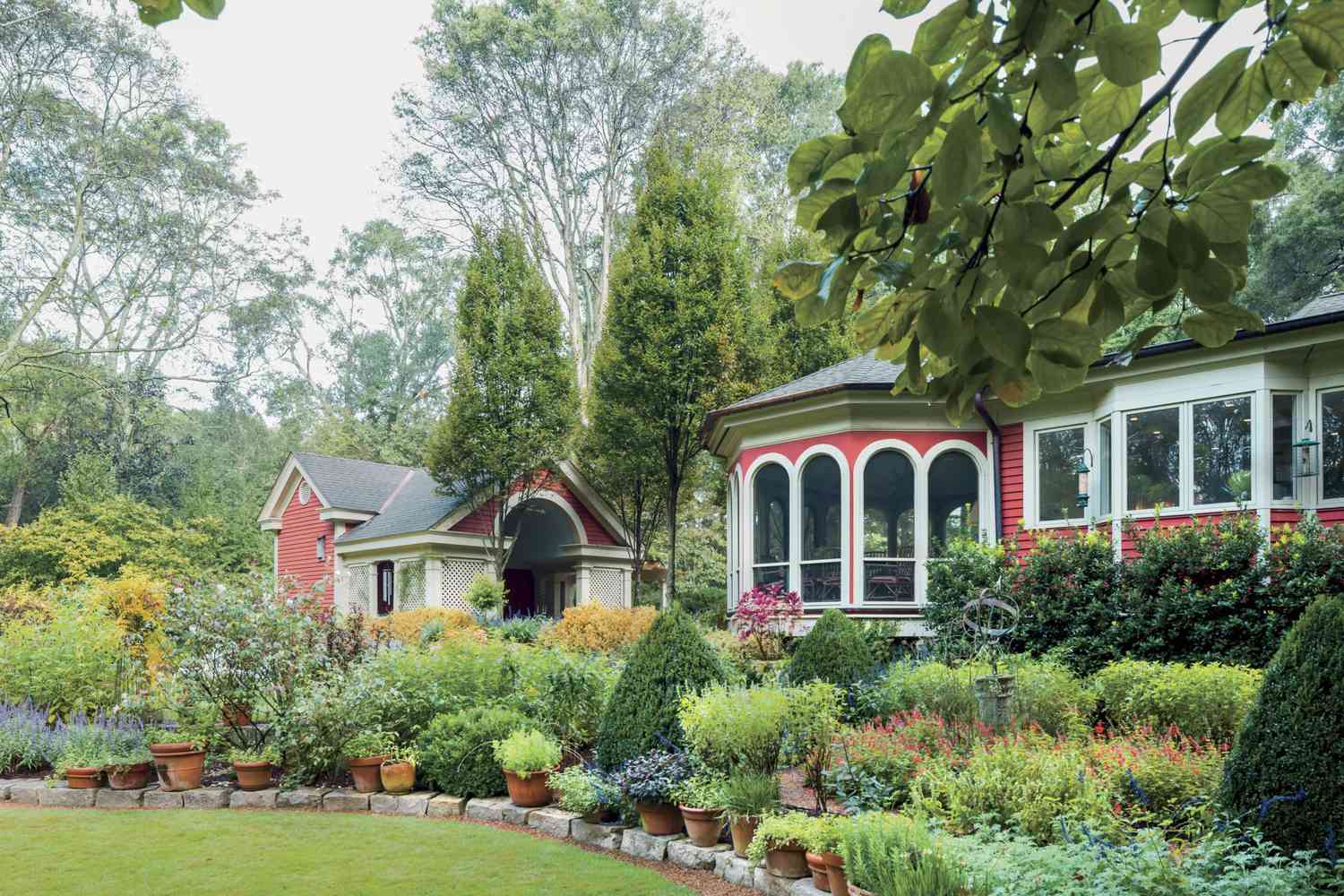When Fennel Maudlin purchased his great-grandmother’s old home in the late 1970s, poison ivy and privet hedges had run so wild that as he cleared the Leighton, Alabama, property, he uncovered a garage, an outhouse, and a car. After that initial cleanup, Mauldin restored the interiors of the 1870s Italianate house. Next, he started from scratch cultivating the 100-year-old home’s first-ever garden.
It took him more than 20 years to create a basic skeleton for the 7-acre property. Then in 2001, he brought in gardener Anthony Brewington, a North Alabama native who had been living and working in Atlanta, to start consulting on the project. As the two developed more of the expansive gardens, the plants began to require daily attention. So when a house went up for sale down the street, Mauldin convinced Brewington to move to Leighton full-time.
«I’ve worked with a lot of people who have nice gardens but no one as invested as Fennel,» Brewington says. «We were lucky to find each other. We are good friends and have been since we met.»
Robbie Caponetto
After joining forces in 2001, Mauldin and Brewington started designing everything in the landscape together. They both appreciate the inherent messiness of natural growth, but Brewington is always pushing for more order. «My biggest contribution to the garden is giving it structure,» he says. «Fennel always wants a looser look.»

Robbie Caponetto
Their collaboration is typically about merging the creative idea with the practical execution. Mauldin becomes enamored with plants at nurseries and in catalogs, and then Brewington figures out how to make them all work. But there are notable exceptions. The wavy «Wintergreen» boxwood hedge that dominates the main lawn? Brewington recalls, «One day, I sneaked out at 8 in the morning, bought 300 boxwoods, and planted and shaped them by 5 that evening,» before Mauldin got home from work. «And I’m still here; I didn’t get fired,» Brewington says.

Robbie Caponetto
The result of their partnership is a continuously evolving, improvised collection of vistas and pocket gardens that are by turns controlled and intentionally chaotic, sometimes simple but other times showy, and always layered. The balance of their approaches is what makes this garden unique. Here’s how they did it.
Stagger the Blooms
Every morning, Mauldin walks the grounds to joyfully ogle whatever is new. «It starts in February, with the large yellow corylopsis,» Brewington says. «Then come the white halesia trees and the orange native azaleas in mid-April. Later the blooms start closer to the ground with foxgloves, irises, and baptisias. By May, we have the annuals, perennial sunflowers, phlox, several salvias, and panicle hydrangeas, followed by late-summer flowers like asters and lespedezas. In early October, the white sasanqua camellias bloom. Finally, the leaves change to autumn colors, and it’s all over by mid-December. Not a bad run for a garden in the South.»

Robbie Caponetto
Lead the Viewer’s Eye
Guests enter the lawn, the landscape’s main vista, through a narrow passage from a smaller garden by the screened porch. «Pots and low plantings draw attention downward until you pass through, and suddenly, you have an overwhelming number of things to see,» Brewington says. «This is where we get the most «oohs» and «aahs» and an occasional, «Well, damn!'»
Layer Every Vista
«If you’re going to have a great garden, you must have things to see from top to bottom,» Brewington says. Behind the wavy hedge is an 8-foot-deep semicircle of flower beds. The boxwoods are there specifically to cover the undergrowth of the blooms. Farther back is a retaining wall, behind which is a group of trees that are intentionally planted in varying heights. Beyond that, your gaze falls into the somewhat wilder back of the garden, which they call «the woods.»

Robbie Caponetto
Create Collections
Small pocket gardens dot the acreage, occasionally adjoining the lawn vista and sometimes hidden in the back, accessible via the property’s ¾ mile of gravel paths. Each has a theme: herbs, golden foliage, ferns, grasses. Grouping similar kinds together lets Mauldin indulge his insatiable desire for different plants while Brewington can still maintain order. And the variety of shapes, sizes, and peak times within each collection allows for layered designs.

Robbie Caponetto
Honor a Plant’s Nature
«We are both puzzled by the obsession many landscapers have with hacking every plant into a ball or sawing off crepe myrtle limbs every winter, which ruins what would be a beautiful tree if left alone to grow naturally,» Brewington explains. «Unless I’m using a plant as a structural element, such as a hedge, I don’t prune a lot. I choose the right size plant for the space. Let each shrub live to its full potential!»